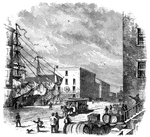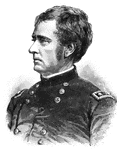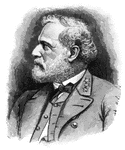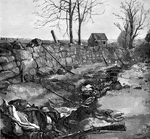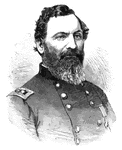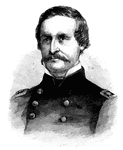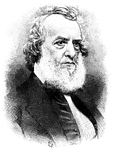!["Morning mustering of the 'Contrabands' at Fortress Monroe, on their way to their day's work. As a living illustration of one of the aspects of the Civil War, a sketch is given above of the contrabands, [African Americans], going to their daily work at Fortress Monroe. The variety of the Ethiopian countenance is capitally given, and while some remind us of the merry phiz of George Christy in his sable mood, others wear the ponderous gravity of a New Jersey justice. The [African American] men had a comparatively pleasant time under their state of contraband existence."— Frank Leslie, 1896](https://etc.usf.edu/clipart/12400/12451/mustering_12451_mth.gif)
Morning Mustering
"Morning mustering of the 'Contrabands' at Fortress Monroe, on their way to their day's work. As a living…

Morning Detail
"The morning detail of the Fourth New Hampshire Volunteers going to work on the Hilton Head Fortifications.…

Fort Pulaski
"The bombardment of Fort Pulaski, second day, Friday, April 11th, 1862. General Quincy A. Gilmore took…

White House Landing
"White House Landing, Pamunkey River, Va., the Grand Depot of the Commissariat and Ordinance Department…

Battle of Williamsburg
"Battle of Williamsburg, Va., on the peninsula between York and James Rivers, May 6th, 1862. General…
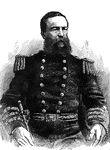
Admiral David Dixon Porter
"Admiral Porter, born in Chester, Delaware County, Pa., June 8th, 1813; died in Washington, D. C., February…
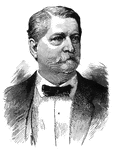
General Winfield Scott Hancock
"General Hancock, born in Montgomery Square, Montgomery County, Pa., February 14th, 1824; died on Governor's…

Naval Practice
"Naval Practice Battery, navy yard, Washington, D. C. We present to our readers a sketch of what was…

Iroquois
"Terrible effect of a discharge of grape from Fort Jackson on the Federal gunboat Iroquois,…

Front Royal
"Front Royal, Manassas Gap Railroad, Blue Ridge Mountains in the distance- the Federal army entering…

Recrossing the Potomac
"General Banks's Division recrossing the Potomac from Williamsport, Md., to attack the Confederate army…
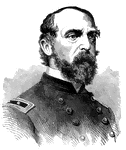
General George G. Meade
"General Meade, born in Cadiz, Spain, December 31st, 1815, died in Philadelphia, Pa., November 6th,…
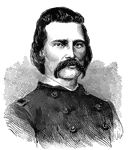
General John A. Logan
"General Logan, born in Jackson County, Ill., February 9th, 1826, died in Washington, D. C., December…
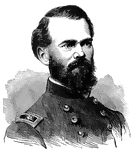
General James B. McPherson
"General McPherson, born in Sandusky, Ohio, November 14th, 1828, died near Atlanta, Ga., July 22nd,…
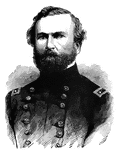
General George H. Thomas
"General Thomas, born in Southampton County, Va., July 31st, 1816, died in San Francisco, Cal., March…
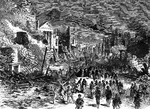
Richmond
"The Federal army entering Richmond, Va., April 3rd, 1865- reception of the troops in Main Street."—…
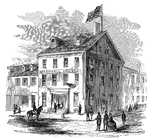
Marshall House
"The Marshall House, Alexandria, Va., where Colonel Ellsworth was assassinated by James W. Jackson,…
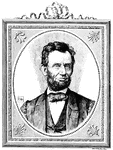
Abraham Lincoln
"Abraham Lincoln, former United States President, involved in slavery issues and the Civil War."—E.…
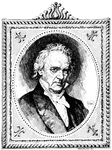
James Buchanan
"James Buchanan, fifteenth president of the United States and involved in the pre-Civil War era."—E.…

Civil War Banner in South Carolina
"Street banner in Charleston, before the Civil War began."—E. Benjamin Andrews 1895

Major Robert Anderson
"Major Robert Anderson was a key figure for the Confederates during the Civil War."—E. Benjamin…
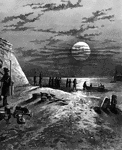
Anderson's Forces
"Major Anderson removing his forces from Fort Moultrie to Fort Sumter, December 26, 1861."—E. Benjamin…

Jefferson Davis
"Jeffeson Davis, president of the Confederate States of America."—E. Benjamin Andrews 1895
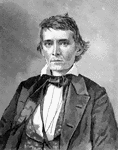
Alexander H. Stephens
"Alexander H. Stephens, Vice-President of the Confederate States of America."—E. Benjamin Andrews…
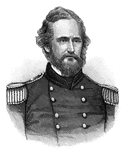
Captain Nathaniel Lyon
"Captain Nathaniel Lyon fought for the Union during the Civil War."—E. Benjamin Andrews 1895
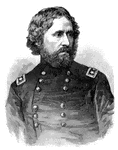
General John C. Fremont
"General John C. Fremont was head of the Western department during the Civil War."—E. Benjamin…
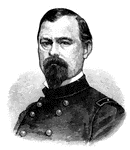
General Irvin McDowell
"General Irwin McDowell was an American general during the Civil War."—E. Benjamin Andrews 1895
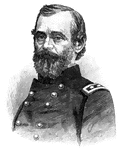
General Samuel P. Heintzelman
"General Samuel P. Heintzelman was inthe Battle of Bull Run during the Civil War."—E. Benjamin…

General Joseph E. Johnston
"General Joseph E. Johnston was involved in the Battle of Bull Run."—E. Benjamin Andrews 1895
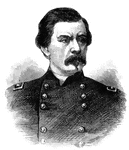
General George McClellan
"General George McClellan was involved in the Battle of Bull Run."—E. Benjamin Andrews 1895
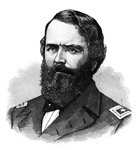
General John Pope
"General John Pope was involved in New Madrid and Island No. 10 during the Civil War."—E. Benjamin…
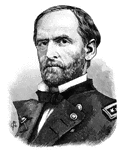
General William T. Sherman
"General William T. Sherman served during the Civil War."—E. Benjamin Andrews 1895
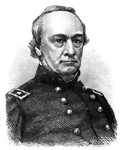
General Henry W. Halleck
"General Henry W. Halleck served during the Civil War and was involved in the Pittsburg Landing."—E.…
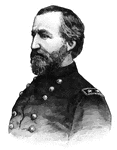
General William S. Rosecrans
"General William S. Rosecrans served during the Civil War and was involved int he battle of Stone River."—E.…
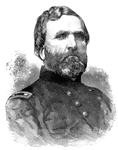
General George H. Thomas
"General George H. Thomas served during the Civil War."—E. Benjamin Andrews 1895

Battle of Lookout Mountain
"The Battle of Lookout Mountain, also known as the Battle Above the Clouds."—E. Benjamin Andrews…
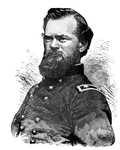
General James B. McPherson
"General James B. McPherson served in the Civil War."—E. Benjamin Andrews 1895
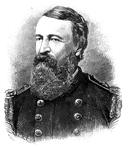
General David D. Porter
"General David D. Porter served during the Civil War."—E. Benjamin Andrews 1895
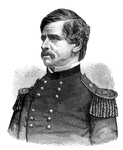
General Nathaniel P. Banks
"General Nathaniel P. Banks served during the Civil War."—E. Benjamin Andrews 1895
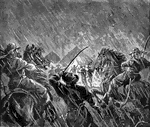
Stuart's Raid
"General J. E. B. Stuart's raid upon Pope's headquarters, August 22, 1862, when Pope's despatch book…
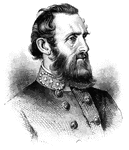
General Thomas J. Jackson
"General Thomas J. ('Stonewall') Jackson served during the Civil War."—E. Benjamin Andrews 1895
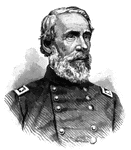
General Edwin V. Sumner
"General Edwin V. Sumner served during the Civil War."—E. Benjamin Andrews 1895
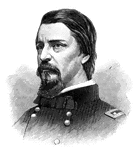
General Winfield S. Hancock
"General Winfield S. Hancock served during the Civil War."—E. Benjamin Andrews 1895
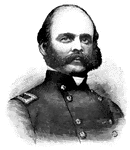
General Ambrose E. Burnside
"General Ambrose E. Burnside served during the Civil War."—E. Benjamin Andrews 1895
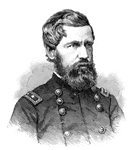
General Oliver O. Howard
"General Oliver O. Howard served during the Civil War."—E. Benjamin Andrews 1895
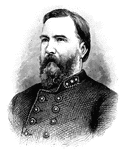
General James Longstreet
"General James Longstreet served during the Civil War."—E. Benjamin Andrews 1895
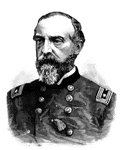
General George G. Meade
"General George G. Meade served during the Civil War."—E. Benjamin Andrews 1895
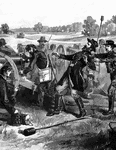
Death of Sedgwick
"Death of General Sedgwick at Spottsylvania, May 9, 1864."—E. Benjamin Andrews 1895

Terms of Surrender
"General Lee singing the Terms of Surrender at Appomattox court-house."—E. Benjamin Andrews 1895

